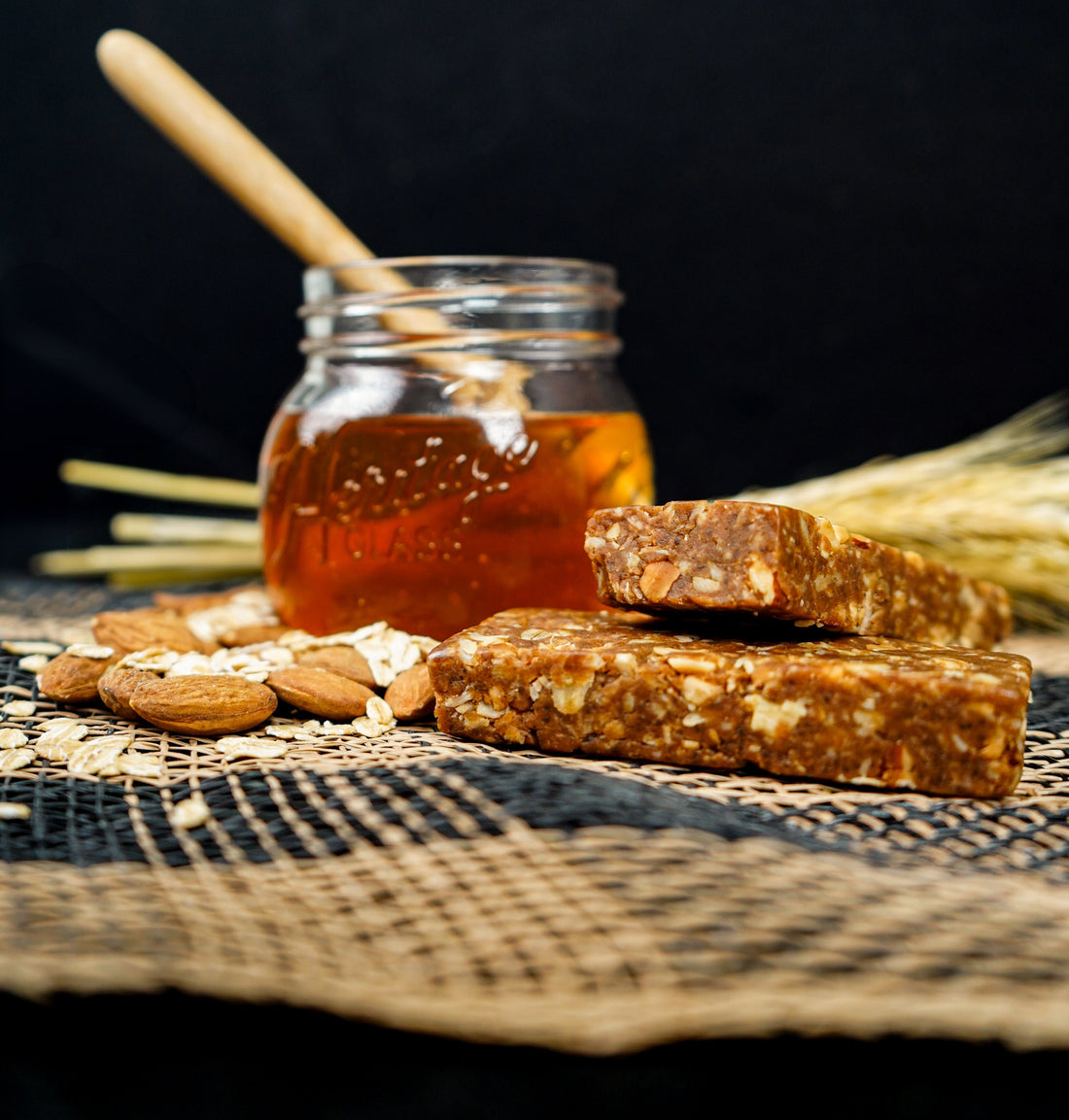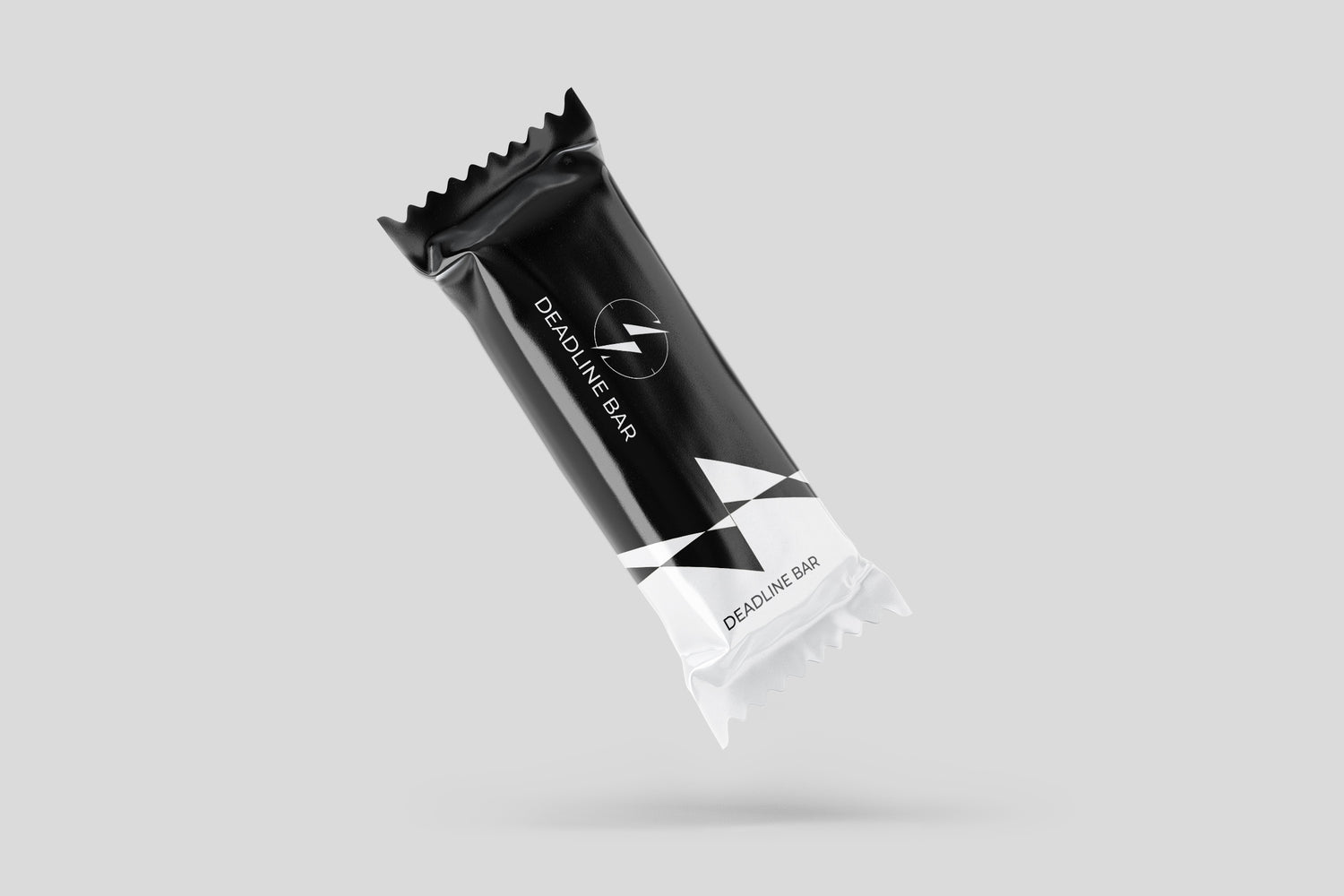
How to Spot a Truly Healthy Energy Bar (and Ingredients to Avoid)
Share
How to Spot a Truly Healthy Energy Bar (and Ingredients to Avoid)
Walk into any market and the energy bar shelf looks endless. Some focus on protein numbers, others promise low sugar, and a few read like dessert in disguise. The challenge is simple: you want real fuel that supports focus and movement without a crash. That starts with understanding labels and knowing which ingredients signal a bar you can trust.
A healthy bar balances steady carbohydrates, moderate protein, and quality fats. It may also include functional extras like fiber or natural caffeine. Quality matters as much as quantity, so the ingredient list should read like food you recognize.
What Makes an Energy Bar Truly Healthy
Think of a bar as a compact meal component. The goal is steady energy rather than a fast spike. Whole food carbohydrates supply a slow release, protein extends satiety, and healthy fats support brain function and absorption of fat‑soluble nutrients. If a bar relies on quick sugars or artificial additives, it is more likely to create a slump later.
Also, some bars just simply don't have enough of the good stuff for everyone. There are bars out there that have maybe 150-200 calories and for some, this is just not enough to keep going. I remember having to go back to the cafeteria at my job several times to get a second energy bar because one just wasn't enough and I was too busy to have a full on meal at my desk.

1. Whole Food Carbohydrates For Steady Energy
Carbohydrates are the body’s preferred fuel during work and workouts. The type of carbohydrate matters. Oats, dried fruit, and other whole grains digest more slowly than refined sugars, which helps you avoid the familiar spike then dip.
Hidden sugars appear under many names. Corn syrup, maltodextrin, and rice syrup can drive fast rises in blood sugar. For daily use, keep added sugars reasonable. See Harvard Health: The sweet danger of sugar for a clear overview of why added sugar warrants attention.
2. Protein That Actually Helps You Stay Full
Protein slows digestion, supports recovery, and helps you feel satisfied. Six to ten grams per bar works for most people who want a snack that holds them between meals. Nuts, seeds, and plant protein blends bring useful minerals and fiber along with the protein itself. Be cautious with bars that inflate protein counts using heavily processed isolates paired with little else. Numbers on the label look impressive, yet the experience often feels thin and short‑lived.
3. Healthy Fats For Focus and Satiety
Healthy fats from nuts, nut butters, and seeds support brain function and help you absorb fat‑soluble vitamins. They also make a bar feel like food rather than candy. Avoid hydrogenated oils. Trans fats increase cardiovascular risk and offer no benefit. Many shoppers also prefer to limit palm oil for nutrition and sustainability reasons. When in doubt, choose bars where the fat sources are ingredients you would cook with at home.
4. Functional Boosters That Work With You
Functional ingredients can take an energy bar from good to great. Fiber supports digestive health and contributes to fullness. Antioxidant‑rich ingredients can help counter everyday oxidative stress. Natural caffeine sources offer a gentler lift than synthetic powders, which some people find jittery.
If you use caffeinated bars, pair them with water and time them with your task. Many people prefer a caffeinated option before a focused work block, training session, or long drive, then choose a non‑caffeinated bar later in the day.
Ingredients To Avoid In Energy Bars
If the ingredient line feels like a chemistry set, set the bar back. Watch for these common pitfalls and check them against the Nutrition Facts panel.
- High fructose corn syrup and similar syrups that deliver fast sugar with little nutritional context
- Excess added sugar that pushes a bar beyond a reasonable snack
- Artificial flavors and nonnutritive sweeteners if you are sensitive to them
- Hydrogenated oils and other industrial fats
- Long strings of fillers or preservatives that crowd out real food ingredients
When you are unsure, review how to read labels using official guidance. The FDA explains recent changes and what each line means: FDA: New Nutrition Facts Label.
A Quick Label Check You Can Do In Thirty Seconds
- Scan the ingredients. Look for foods you recognize first.
- Check added sugar. Aim for about ten grams or less for everyday snacking.
- Confirm protein. Six to ten grams is a practical range for staying power.
- Look at fat sources. Prefer nuts and seeds over hydrogenated oils.
- Note any functional extras. Fiber and natural caffeine can be helpful.
When An Energy Bar Makes Sense
Bars shine when you are short on time or away from a kitchen. They are useful before or after training, between meetings, during travel, or when you need a reliable option that will not melt or spoil. Treat them as part of a balanced pattern. A bar can bridge the gap between meals or pair with fruit and yogurt for a more complete mini meal.
Why Deadline Bar Is Different
Most shoppers do not have time to dissect labels. This product was created to remove the guesswork.
Deadline Bar uses clean ingredients you recognize, including oats, nuts, and fruit. The caffeinated option relies on natural caffeine from upcycled coffee fruit extract rather than synthetic powders. Each recipe balances carbohydrates, protein, and healthy fats to support steady energy during training and long work sessions. The brand also prioritizes responsible sourcing and waste reduction.
If you want an energy bar that behaves like real food and supports your day, this is what Deadline Bar was built to deliver.
FAQs
What makes an energy bar healthy
A healthy option balances whole food carbohydrates, protein, and healthy fats. The ingredient list should be short and recognizable.
Are caffeinated bars safe
They can be, especially when the caffeine comes from natural sources and total daily intake stays within your tolerance.
Can an energy bar replace a meal
It works best as a snack or a component of a small meal. For example, pair a bar with yogurt and fruit when you need something more substantial.
Do energy bars help with productivity, not only workouts
Yes. A bar with steady carbohydrates, moderate protein, and healthy fats can support focus during study sessions and creative work. If caffeine suits you, a natural source can add a gentle lift.



